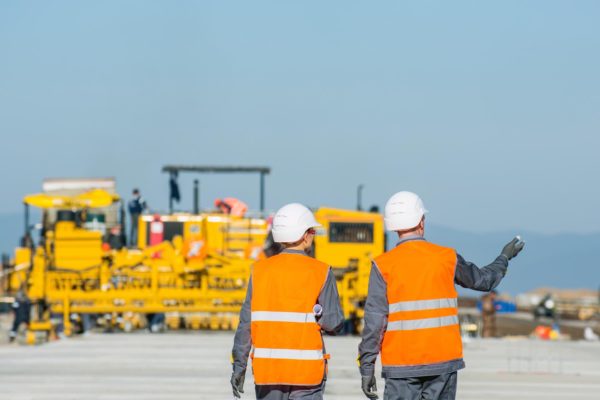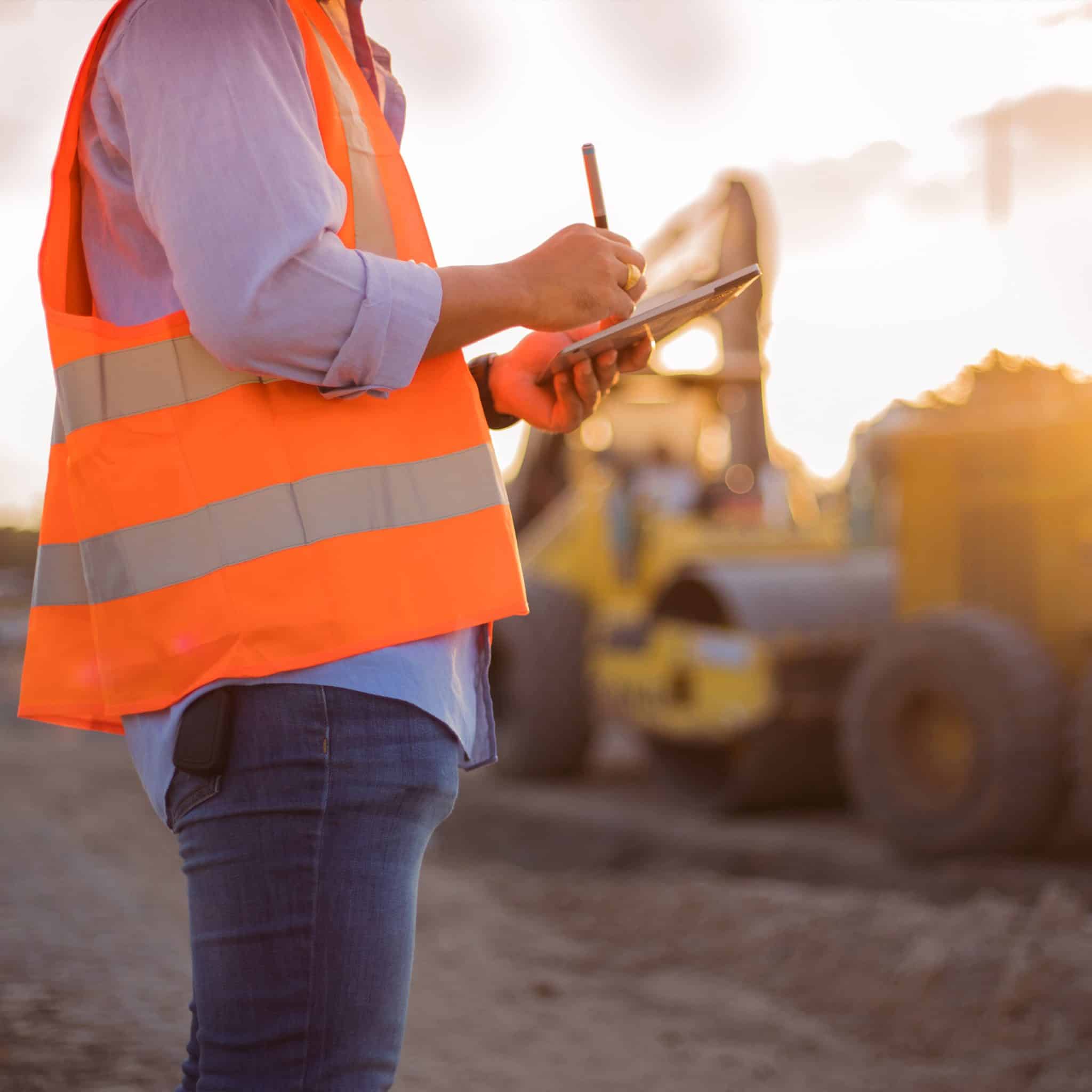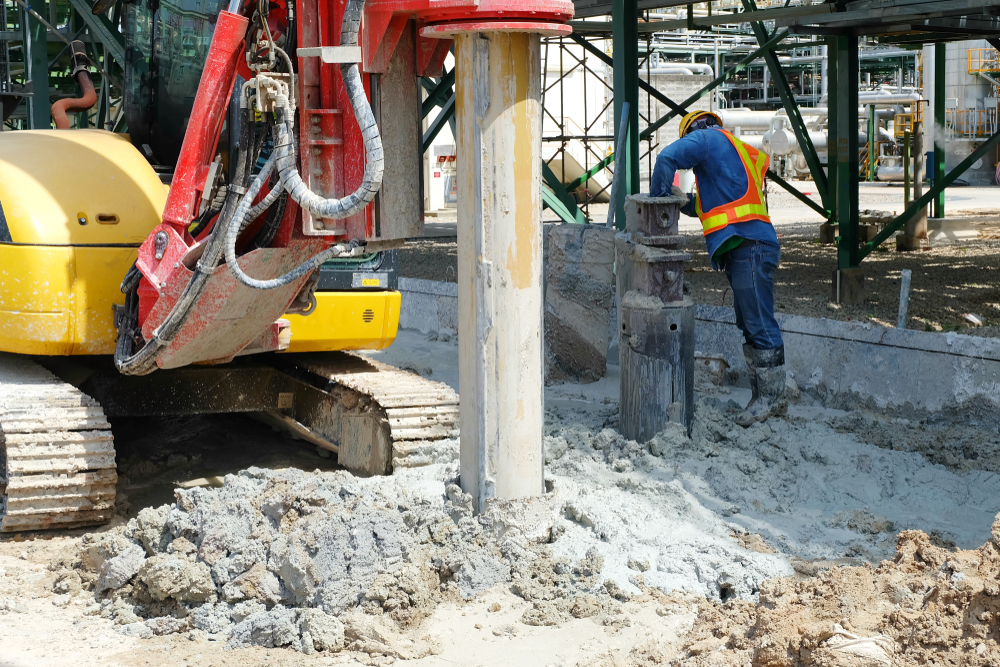Checking Out the Ingenious Strategies and Technologies Shaping the Future of the Geotechnical Industry for Sustainable Design Solutions
The geotechnical sector is undertaking a transformative change, driven by ingenious techniques and technologies that highlight sustainable engineering remedies. Advanced soil stabilization approaches, making use of wise materials, and the application of information analytics are redefining just how we approach framework challenges. As these developments promote eco-friendly stewardship, they also elevate essential questions regarding their practical implementation and long-lasting efficiency. Understanding the interaction between these technologies and their prospective to revolutionize the field welcomes further exploration right into the future of sustainable design practices.
Advanced Dirt Stabilization Methods
Dirt stablizing is a crucial process in geotechnical design, targeted at improving the physical homes of dirt to improve its load-bearing ability and longevity. Advanced soil stabilization techniques play an essential duty in dealing with challenges connected with weak or unstable dirts, thus allowing secure and efficient building and construction methods.
Among the famous approaches, chemical stabilization involves using additives such as lime, cement, or fly ash, which react with dirt bits to develop an extra natural mass. This method is specifically efficient in improving the strength and wetness resistance of large clay soils. Mechanical stablizing, on the other hand, entails the physical change of soil residential or commercial properties through compaction or the incorporation of granular materials, resulting in boosted density and security.
An additional cutting-edge approach is making use of geosynthetics, which give support and lower soil disintegration while boosting water drainage. Methods like soil mixing and deep dirt stabilization are also getting traction, permitting in-situ treatment of problematic dirts. Jointly, these innovative approaches not only improve the performance of dirt frameworks yet additionally add to sustainable design practices by lessening the need for extensive excavation and material transport.
Smart Materials in Geotechnics
Advancement is at the forefront of geotechnical engineering, specifically with the unification of wise materials that enhance the efficiency and performance of soil frameworks. Smart products, such as shape memory alloys, piezoelectric products, and self-healing polymers, are reinventing the method engineers come close to soil stablizing and facilities durability (engineer of record). These products can adapt to changing ecological problems, react to stress, and also fix themselves, considerably improving the strength of geotechnical systems
For example, piezoelectric products can produce electric fees in action to mechanical tension, providing possible for real-time monitoring of dirt conditions and structural honesty. Likewise, self-healing products can autonomously fix problems and cracks, minimizing upkeep prices and extending the life-span of geotechnical properties. The assimilation of these wise materials not just enhances the mechanical residential properties of soil yet also adds to sustainable engineering methods by lessening source consumption and environmental influence.
As the geotechnical industry remains to evolve, the adoption of wise materials will certainly play an important duty in establishing cutting-edge options, making sure that frameworks are not only durable yet also adaptable to future difficulties. This transformative technique is positioned to redefine the standards of safety and security and efficiency in geotechnical design.
Information Analytics for Framework
The integration of clever products in geotechnical design has actually led the method for sophisticated techniques, specifically in the world of information analytics for facilities. This cutting-edge method leverages substantial information collection and analytical strategies to boost decision-making processes throughout the framework lifecycle. By making use of sensing units embedded in clever official website products, designers can constantly monitor vital specifications such as soil stability, wetness levels, and structural stability.
Data analytics enables the improvement of raw data into actionable insights, enabling anticipating upkeep and improved risk monitoring. Advanced algorithms and maker discovering methods facilitate the identification of patterns and anomalies, which can notify prompt interventions and enhance source allotment. Additionally, incorporating geographic details systems (GIS) boosts spatial analysis, additional enhancing the decision-making framework.
By using the power of data analytics, the geotechnical market is placed to not just boost present practices however additionally pioneer innovative options for future infrastructure obstacles. This harmony of technology and engineering concepts will specify the future of lasting infrastructure growth.

Sustainable Ground Renovation Approaches
Various lasting ground enhancement techniques are becoming crucial remedies to address the difficulties of geotechnical design while reducing environmental influence. These methods not only enhance soil efficiency yet additionally promote eco-friendly stewardship by minimizing dependence on conventional, extra intrusive techniques.

One more cutting-edge technique is the application of geosynthetics, which includes naturally degradable products that reinforce dirt while promoting drainage and erosion control - engineer of record. This decreases the need for hefty equipment and minimizes site disturbance, therefore protecting local environments
In addition, techniques such as dynamic compaction and vibro-replacement have actually evolved to include sustainable methods, incorporating recycled materials and decreasing carbon impacts. These methods exemplify the sector's change in the direction of even more environmentally accountable options, making sure that ground enhancement not only satisfies design requirements but also contributes positively to the surrounding environment.
Innovations in Ecological Monitoring
Recently, innovations in ecological surveillance have dramatically boosted the ability to evaluate and take care of geotechnical tasks with marginal environmental disruption. Innovative technologies, such as remote sensing, Net of Things (IoT) devices, and real-time data analytics, are transforming exactly how environmental impacts are gauged and reduced.
Remote sensing technologies, consisting of satellite imagery and airborne LiDAR, facilitate the quick assessment of land use adjustments and ecological problems - consulting engineer. These devices enable for constant monitoring of sites, allowing engineers to identify potential problems before they escalate. In addition, IoT tools, outfitted with sensing units for parameters like soil wetness, temperature, and gas emissions, offer live information streams that boost the understanding of site-specific ecological variables
Real-time data analytics further improve decision-making procedures by integrating information from various sources, enabling positive management strategies. This holistic strategy not only makes sure conformity with environmental guidelines but also advertises sustainable techniques within the geotechnical sector.
As these technologies continue to evolve, they hold the potential to connect the void between engineering purposes and environmental stewardship, fostering an extra sustainable future for geotechnical jobs worldwide.
Verdict
To conclude, the geotechnical industry is going through a transformative development driven by innovative methods and technologies that prioritize sustainability. Advanced soil stablizing approaches, the integration of wise products, and the application of information analytics collectively improve the strength and performance of infrastructure. Moreover, lasting ground improvement methods and advancements in ecological surveillance underscore the market's dedication to ecological stewardship. These advancements not just address contemporary design challenges yet additionally lead the way for over here a much more sustainable future in geotechnical methods.
Methods like soil blending and deep soil stablizing are likewise obtaining traction, permitting for in-situ treatment of problematic dirts. Jointly, these sophisticated methods not just improve the efficiency of soil frameworks but also add to sustainable design practices by reducing the demand for substantial excavation and material transport.
